Home>Articles>What Type Of Extension Cord Would You Use For An Electric Skillet
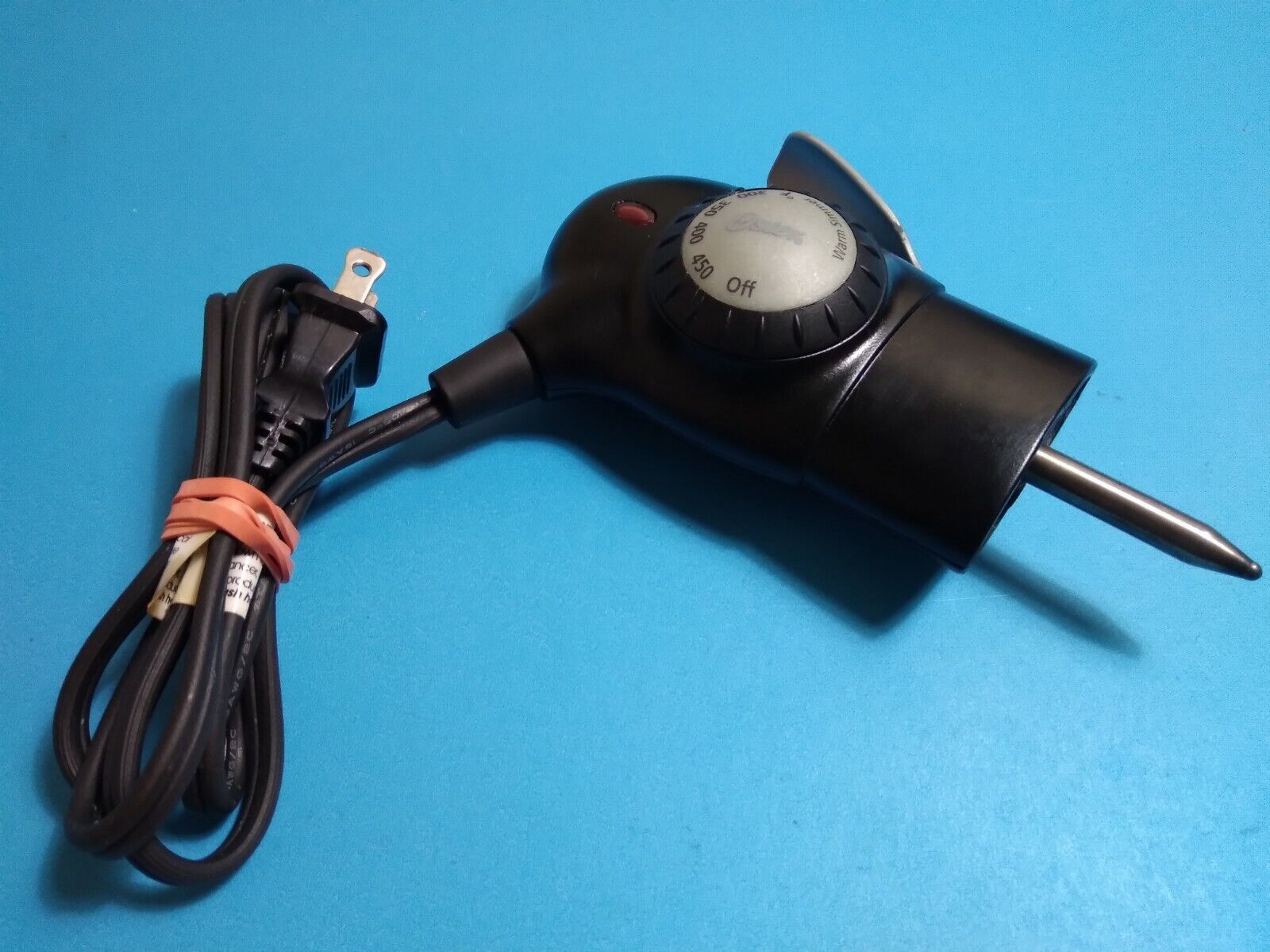

Articles
What Type Of Extension Cord Would You Use For An Electric Skillet
Modified: February 28, 2024
Discover the best type of extension cord to use for your electric skillet with our helpful articles. Ensure safe and efficient usage!
(Many of the links in this article redirect to a specific reviewed product. Your purchase of these products through affiliate links helps to generate commission for Storables.com, at no extra cost. Learn more)
Introduction
An electric skillet is a versatile and convenient kitchen appliance that allows you to cook a wide variety of dishes with ease. It provides a portable and compact alternative to traditional stovetop cooking, making it ideal for small kitchens, camping trips, or outdoor gatherings. However, when using an electric skillet, it is crucial to consider the type of extension cord you use to ensure safe and efficient operation.
In this article, we will explore the importance of using the correct extension cord with an electric skillet and discuss the different factors you should consider when choosing one. Additionally, we will recommend the most suitable types of extension cords for your electric skillet and provide some tips for using it safely.
So, if you are ready to learn more about using an extension cord with your electric skillet, let’s delve into the details!
Key Takeaways:
- Choose a heavy-duty, 12-gauge extension cord for your electric skillet to ensure safe and efficient operation, matching power requirements and prioritizing safety features.
- Prioritize safety by following manufacturer’s instructions, using heat-resistant utensils, and practicing safe food handling when using an electric skillet. Regular maintenance and proper cord insertion are essential for safe operation.
Understanding the Electric Skillet
Before we dive into the specifics of using an extension cord with an electric skillet, let’s first understand what an electric skillet is and how it works. An electric skillet, also known as an electric frying pan, is a versatile cooking appliance that is designed to provide a convenient and portable way of cooking various dishes.
Unlike traditional stovetop skillets, an electric skillet is a self-contained unit that consists of a heating element embedded within a flat cooking surface. It typically comes with adjustable temperature controls, allowing you to regulate the heat according to your cooking needs.
Electric skillets are available in different sizes and shapes, ranging from circular to rectangular, enabling you to choose one that suits your cooking preferences. The nonstick surface of the skillet ensures easy food release and effortless cleaning.
These appliances offer a wide range of cooking options, including frying, sautéing, searing, and even baking. They are equipped with a lid that helps in retaining heat and moisture, making them perfect for slow cooking and simmering dishes.
Electric skillets are a go-to appliance for many individuals due to their convenience and versatility. They can be used both indoors and outdoors, making them popular for picnics, camping trips, and tailgate parties. Additionally, they provide an alternative cooking option when you have limited access to a stove.
Now that we have a good understanding of what an electric skillet is, let’s move on to the importance of using the correct extension cord with this kitchen appliance.
Importance of Using the Correct Extension Cord
Using the correct extension cord with your electric skillet is essential for several reasons. First and foremost, it ensures the safe operation of both the appliance and the electrical system in your home. The wrong type of extension cord can lead to overheating, electrical hazards, and even potential fire risks.
Electric skillets require a substantial amount of power to operate efficiently. They typically have a high wattage rating, which means they draw a significant amount of electrical current. Using an inadequate or low-quality extension cord that cannot handle the power load can cause the cord to overheat, potentially leading to a fire.
Furthermore, using the incorrect extension cord may result in voltage drops, affecting the performance of the electric skillet. Inadequate power supply can cause the skillet to heat up unevenly or take longer to reach the desired temperature, affecting the cooking process and the quality of your food.
By using the right extension cord, properly rated for the power requirements of your electric skillet, you can avoid these risks and ensure efficient and safe operation. The correct extension cord will provide a stable and consistent power supply, allowing your skillet to perform optimally.
Additionally, using the correct extension cord will help you maintain your appliance’s warranty. Most electric skillet manufacturers specify the type and rating of the extension cord compatible with their product. Failure to adhere to these guidelines can void the warranty, leaving you responsible for any damages or malfunctions.
Now that we understand the importance of using the correct extension cord, let’s explore the factors to consider when selecting an extension cord for your electric skillet.
Factors to Consider when Choosing an Extension Cord
When selecting an extension cord for your electric skillet, there are several key factors to consider to ensure safe and efficient operation. Let’s take a look at these factors:
1. Wattage Rating: The wattage rating of the extension cord should match or exceed the power requirements of your electric skillet. Check the wattage information on the appliance’s label or user manual to determine the appropriate rating for the extension cord. 2. Length: Consider the distance between the electrical outlet and the location where you will be using the electric skillet. Choose an extension cord that is long enough to reach without stretching or straining. Avoid using excessively long cords as they can cause voltage drops and increase the risk of tripping hazards. 3. Gauge: The gauge of an extension cord refers to the thickness of its wires. Thicker wires have a lower gauge number and can handle higher power loads without overheating. For electric skillets, it is generally recommended to use a 14-gauge or 12-gauge extension cord to ensure sufficient power flow. 4. Indoor/Outdoor Use: Determine whether you will be using the electric skillet indoors or outdoors. If it’s for outdoor use, make sure to choose an extension cord that is specifically designed for outdoor use and can withstand exposure to elements like rain and sunlight. 5. Quality: Invest in a high-quality extension cord from a reputable brand. A well-made cord will have better insulation and be less prone to overheating or damage. It’s worth spending a little more on a good quality cord to ensure safety and longevity. 6. Safety Features: Look for extension cords with built-in safety features such as surge protection, overload protection, and grounding. These features can provide an extra layer of protection against electrical hazards and help prevent damage to your electric skillet. 7. Certifications: Check for certifications such as UL (Underwriters Laboratories) or ETL (Intertek) to ensure that the extension cord meets safety standards and has been tested for quality and performance. By considering these factors, you can select the appropriate extension cord that meets the specific requirements of your electric skillet while ensuring safety and reliable performance. Now that we have covered the factors to consider, let’s move on to the different types of extension cords available in the market.
When using an electric skillet, it’s important to use a heavy-duty extension cord that is rated for the wattage of the skillet. Look for a cord with a higher amperage rating to ensure safe and efficient operation.
Types of Extension Cords
When it comes to extension cords, there are several types available, each designed for different purposes and environments. Depending on your specific needs and the location where you will be using your electric skillet, you can choose from the following types of extension cords:
1. Indoor Extension Cords: These extension cords are designed for indoor use and are not meant to be exposed to moisture or extreme weather conditions. They have a standard PVC insulation and are suitable for use in kitchens, living rooms, and other indoor areas. 2. Outdoor Extension Cords: Outdoor extension cords are specifically made to withstand exposure to harsh weather conditions like rain, snow, and sunlight. They are constructed with heavy-duty, weather-resistant materials and have additional insulation to protect against moisture and damage. 3. Heavy-Duty Extension Cords: Heavy-duty extension cords are designed to handle higher power loads and are ideal for appliances that require more electricity, such as electric skillets. They have thicker wires with a lower gauge number, ensuring efficient power transmission without overheating. 4. Retractable Extension Cords: Retractable extension cords are a convenient option as they can be easily pulled out to the desired length and then retracted for storage. They eliminate the hassle of tangled cords and are great for maintaining a tidy and organized workspace. 5. Flat Extension Cords: Flat extension cords are designed to be low-profile and easy to conceal. They are perfect for areas where you need to run the cord under rugs, along walls, or in tight spaces. Flat cords are less likely to be a tripping hazard and can be a great solution for aesthetics. 6. Specialty Extension Cords: Some extension cords are designed for specific applications or features. For example, there are extension cords with built-in USB ports for charging devices, cords with multiple outlets for powering multiple appliances, and cords with surge protectors to safeguard against power spikes. It is important to choose an extension cord that is suitable for the intended use and environment. Read the product specifications and labels carefully to ensure you select the right type and specifications for your electric skillet. Now that we have explored the different types of extension cords available, let’s move on to our recommendations for the best extension cords to use with an electric skillet.
Read more: What Type Of Electrical Cord Has Copper Wire
Recommended Extension Cord for an Electric Skillet
When it comes to selecting the best extension cord for your electric skillet, it is crucial to choose one that meets the power requirements and safety standards of your appliance. Based on our research and expertise, we recommend using a heavy-duty extension cord with the following specifications:
1. Gauge: For most electric skillets, a 12-gauge extension cord is recommended. The thicker wires in a 12-gauge cord can handle the high power load without overheating or voltage drops, ensuring safe and efficient operation. 2. Length: Choose a cord length suitable for your needs, ensuring that it is not too long to avoid unnecessary voltage drops or too short to limit mobility. A 6 to 10 feet long cord should be sufficient for most kitchen setups. 3. Outdoor Use: If you plan to use your electric skillet outdoors, make sure to select an extension cord specifically designed for outdoor use. These cords are constructed with weather-resistant materials and provide enhanced protection against moisture and exposure to the elements. 4. Quality and Safety Features: Opt for a high-quality extension cord from a reputable brand. Look for cords with safety features like surge protection, overload protection, and grounding for added safety during use. Additionally, choose cords that are UL or ETL certified to ensure quality and compliance with safety standards. By selecting a heavy-duty extension cord that matches the power requirements of your electric skillet and meets the necessary safety standards, you can ensure safe and efficient operation of your appliance. Remember, it is crucial to read the product specifications and instructions provided by the manufacturer before making a purchase. Always prioritize safety and choose the appropriate extension cord that is compatible with your electric skillet. With the right extension cord, you can enjoy the convenience and versatility of your electric skillet without any concerns about power supply or safety issues. Now, let’s move on to some tips for using your electric skillet safely.
Tips for Using an Electric Skillet Safely
Using an electric skillet can be a convenient and efficient way to prepare meals, but it is important to prioritize safety when operating this kitchen appliance. Here are some essential tips to ensure the safe use of your electric skillet:
1. Read the Manual: Familiarize yourself with the manufacturer’s instructions and safety guidelines provided in the user manual. This will help you understand the specific features and precautions related to your electric skillet. 2. Ensure a Stable Surface: Place your electric skillet on a stable and heat-resistant surface to prevent accidental tipping or damage to countertops. Avoid using the skillet near flammable materials to reduce the risk of fire hazards. 3. Properly Insert the Cord: Always ensure that the cord is securely and properly inserted into both the skillet and the electrical outlet. Avoid using damaged or frayed cords, as they can pose a safety risk. 4. Keep Away from Water: Never submerge the electric skillet in water or allow it to come into contact with liquids. This can cause electric shocks or damage to the appliance. Clean the skillet with a damp cloth instead, following the manufacturer’s cleaning instructions. 5. Use Heat-Resistant Utensils: When cooking with your electric skillet, utilize heat-resistant utensils, such as wooden or silicone spatulas, to avoid scratching the nonstick surface. Metal utensils can damage the coating and potentially contaminate your food. 6. Monitor Temperature: Keep a close eye on the temperature controls of your electric skillet. Follow the recommended cooking temperatures and adjust them as needed. Avoid leaving the skillet unattended while cooking to prevent overcooking or burning. 7. Practice Safe Food Handling: Properly handle and prepare your food to minimize the risk of foodborne illnesses. Follow safe cooking practices, such as defrosting meats in the refrigerator before cooking and ensuring they reach the appropriate internal temperature. 8. Unplug When Not in Use: Always unplug the electric skillet when it is not in use or during cleaning. This will prevent accidental activation and reduce the risk of electrical hazards. 9. Keep Out of Reach of Children: Ensure that children are kept away from the electric skillet while it is in use, as the cooking surface and controls can become hot. Store the appliance safely and out of reach when not in use. 10. Regular Maintenance: Clean and maintain your electric skillet according to the manufacturer’s instructions. Regularly check for any signs of damage or wear and replace any faulty parts or cords promptly. By following these safety tips, you can enjoy the benefits of your electric skillet while minimizing the risk of accidents or injuries. Remember, safety should always be your top priority in the kitchen. Now, let’s wrap up with a concluding thought on the importance of using the correct extension cord with an electric skillet.
Conclusion
When using an electric skillet, it is crucial to use the correct extension cord to ensure safe and efficient operation. The right extension cord will provide a stable power supply, prevent overheating, and minimize potential hazards. By considering factors such as wattage rating, length, gauge, and safety features, you can select an extension cord that suits your specific needs.
Choosing the appropriate extension cord is just one aspect of using an electric skillet safely. It is also important to understand the appliance itself, follow the manufacturer’s instructions, and practice proper food handling and cooking techniques.
Remember to read the user manual provided with your electric skillet to familiarize yourself with the safety guidelines and recommendations specific to your appliance. Always place the skillet on a stable surface, keep it away from water, and use heat-resistant utensils to avoid damage and injury.
The safe use of an electric skillet also involves monitoring the temperature, unplugging the appliance when not in use, and ensuring it is out of reach of children. Regular maintenance and cleaning are essential to prolong the lifespan of your electric skillet and prevent any malfunctions.
In conclusion, using the correct extension cord and following safety practices are crucial when using an electric skillet. By taking these precautions, you can enjoy the convenience and versatility of this kitchen appliance while ensuring the well-being of yourself and those around you.
So, whether you’re preparing a delicious breakfast, cooking a family dinner, or hosting a small gathering, make sure you have the right extension cord and adhere to the recommended safety guidelines. Happy cooking with your electric skillet!
Frequently Asked Questions about What Type Of Extension Cord Would You Use For An Electric Skillet
Was this page helpful?
At Storables.com, we guarantee accurate and reliable information. Our content, validated by Expert Board Contributors, is crafted following stringent Editorial Policies. We're committed to providing you with well-researched, expert-backed insights for all your informational needs.
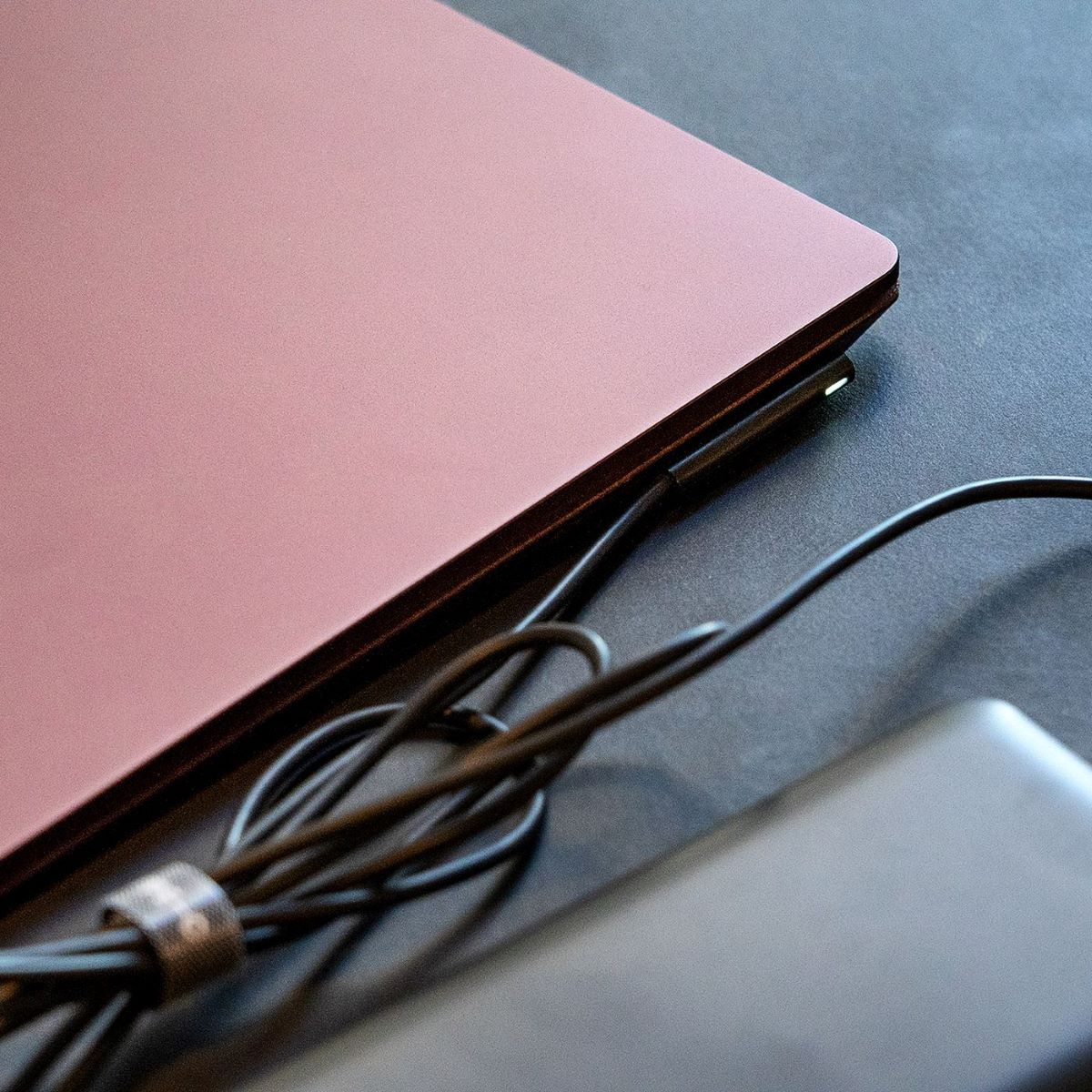
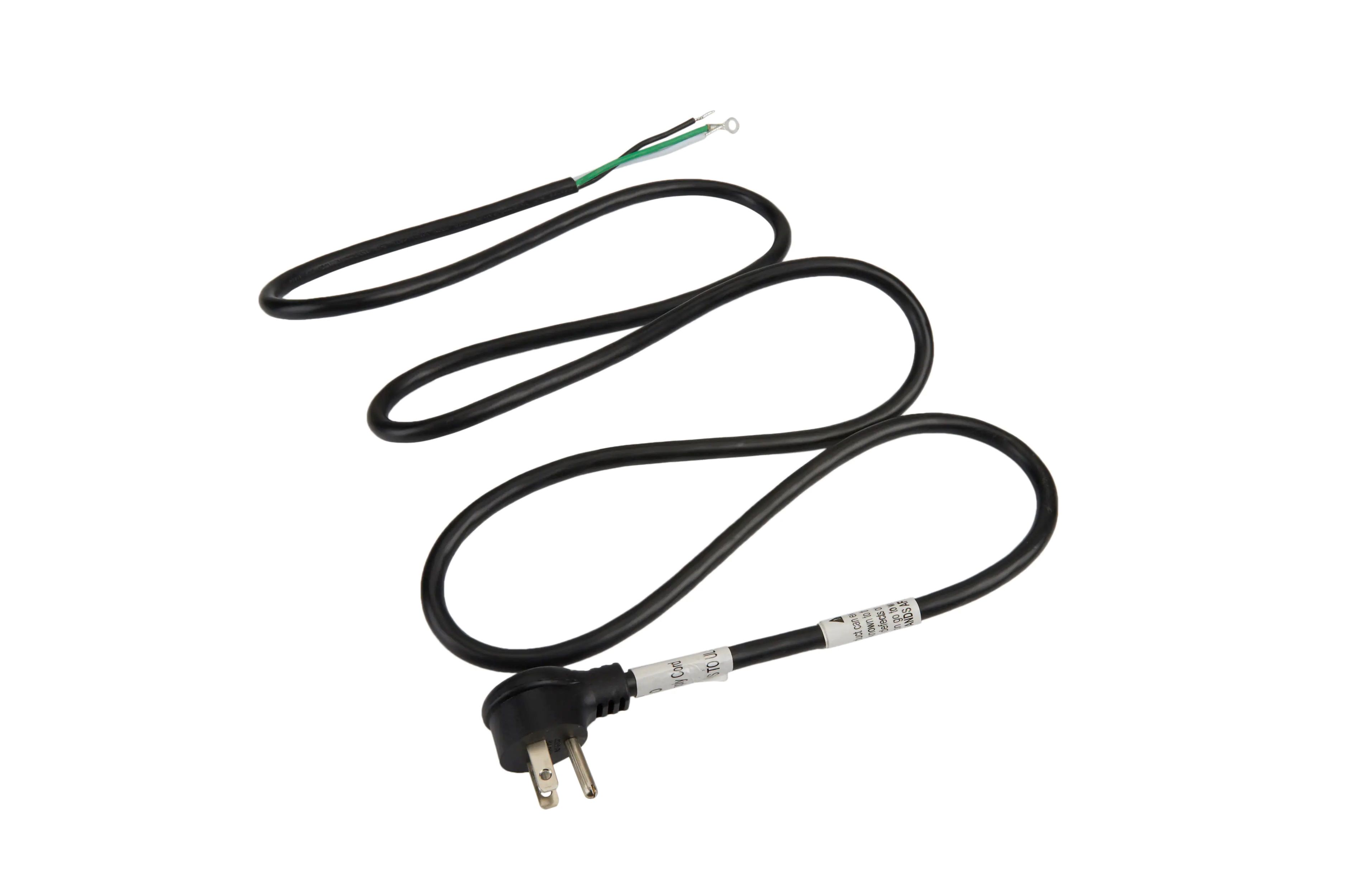
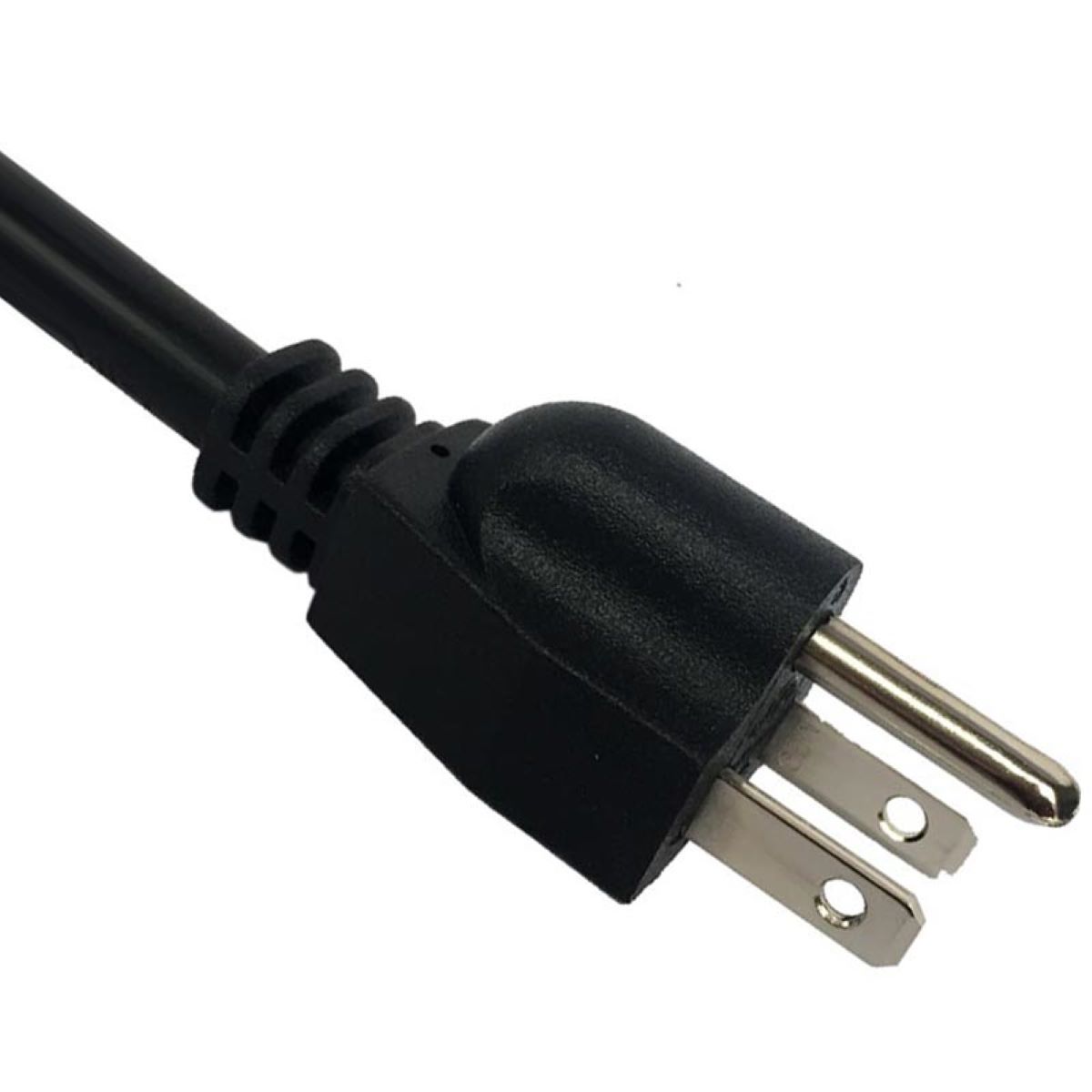
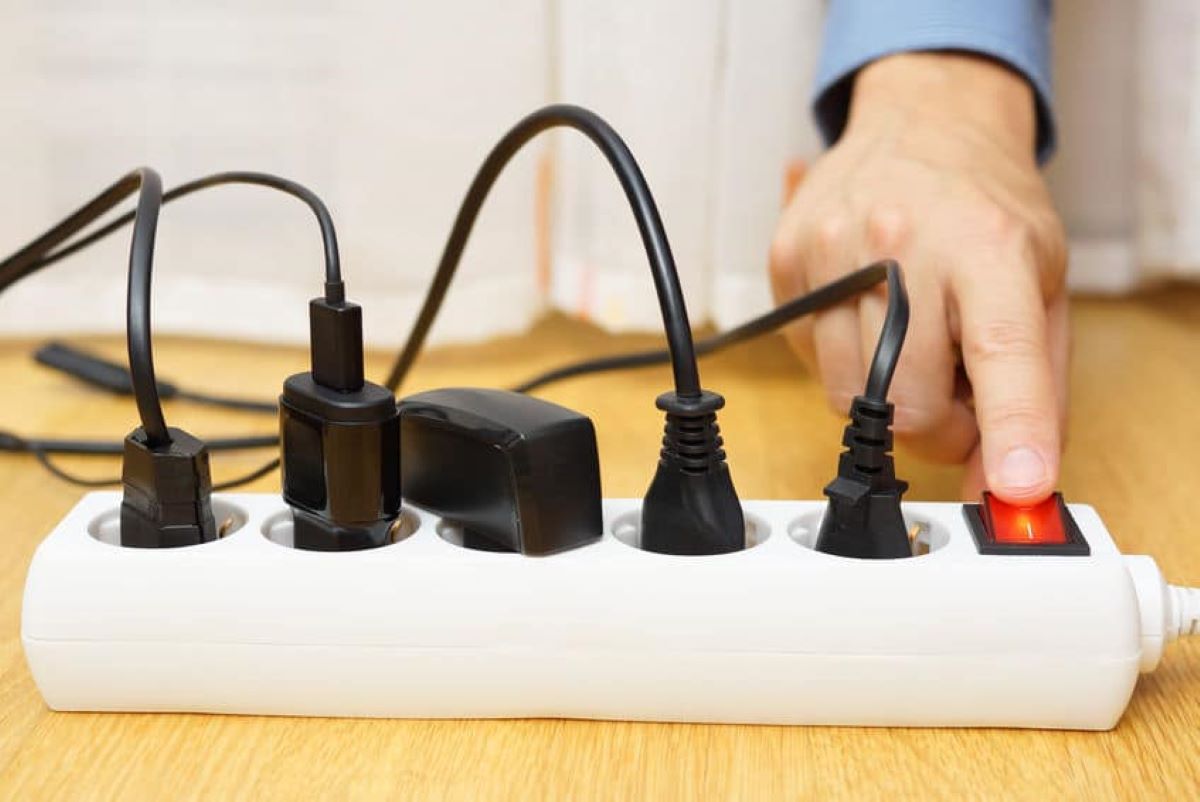
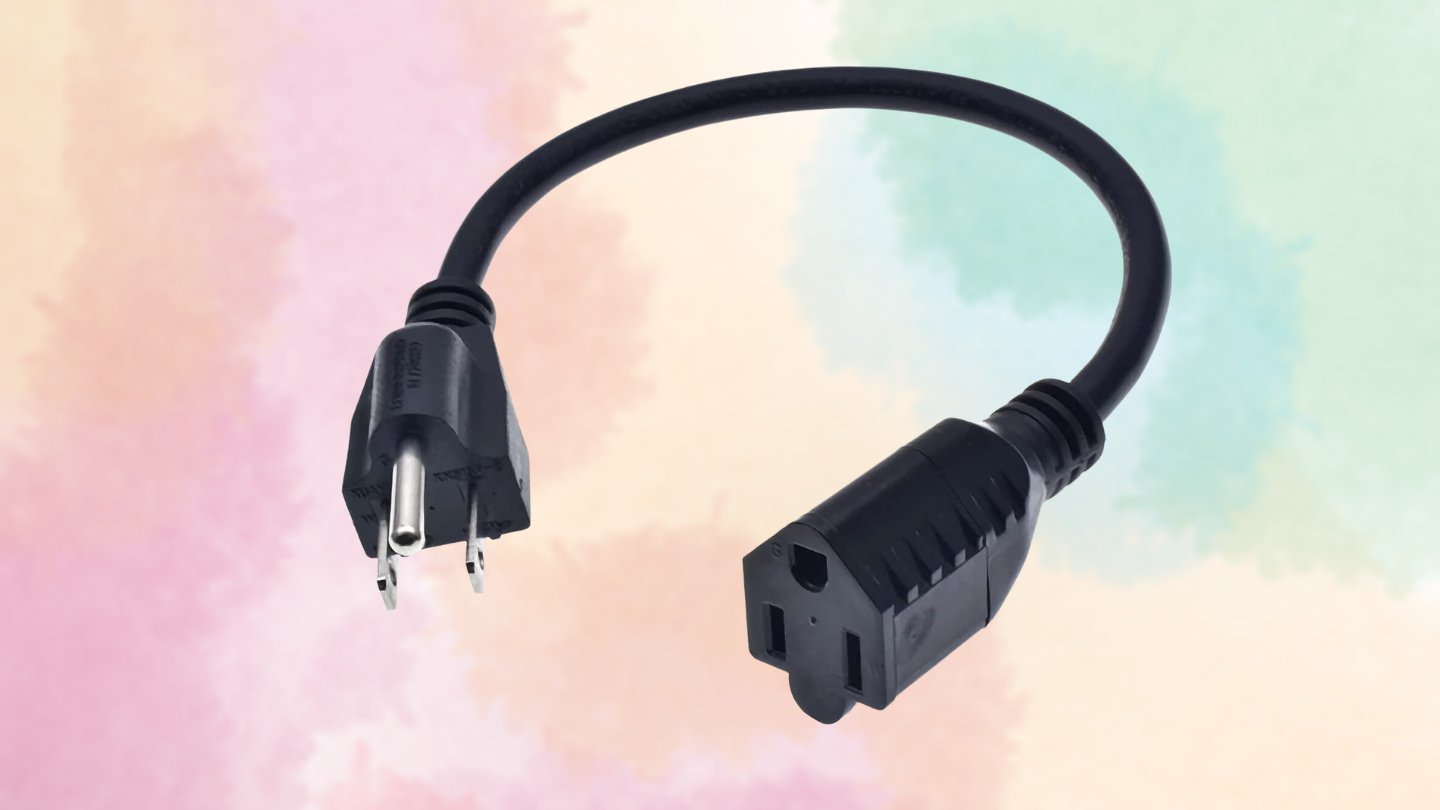
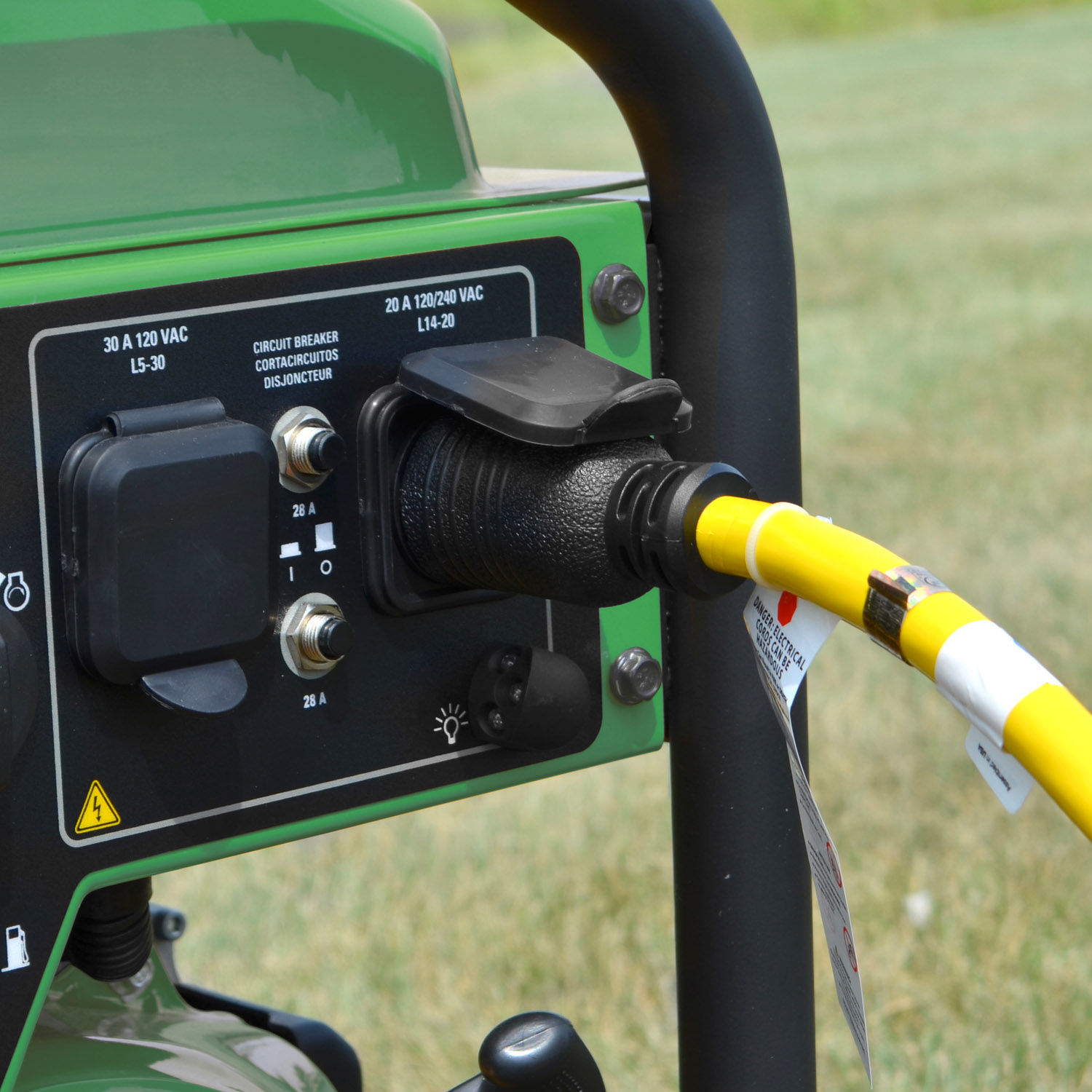
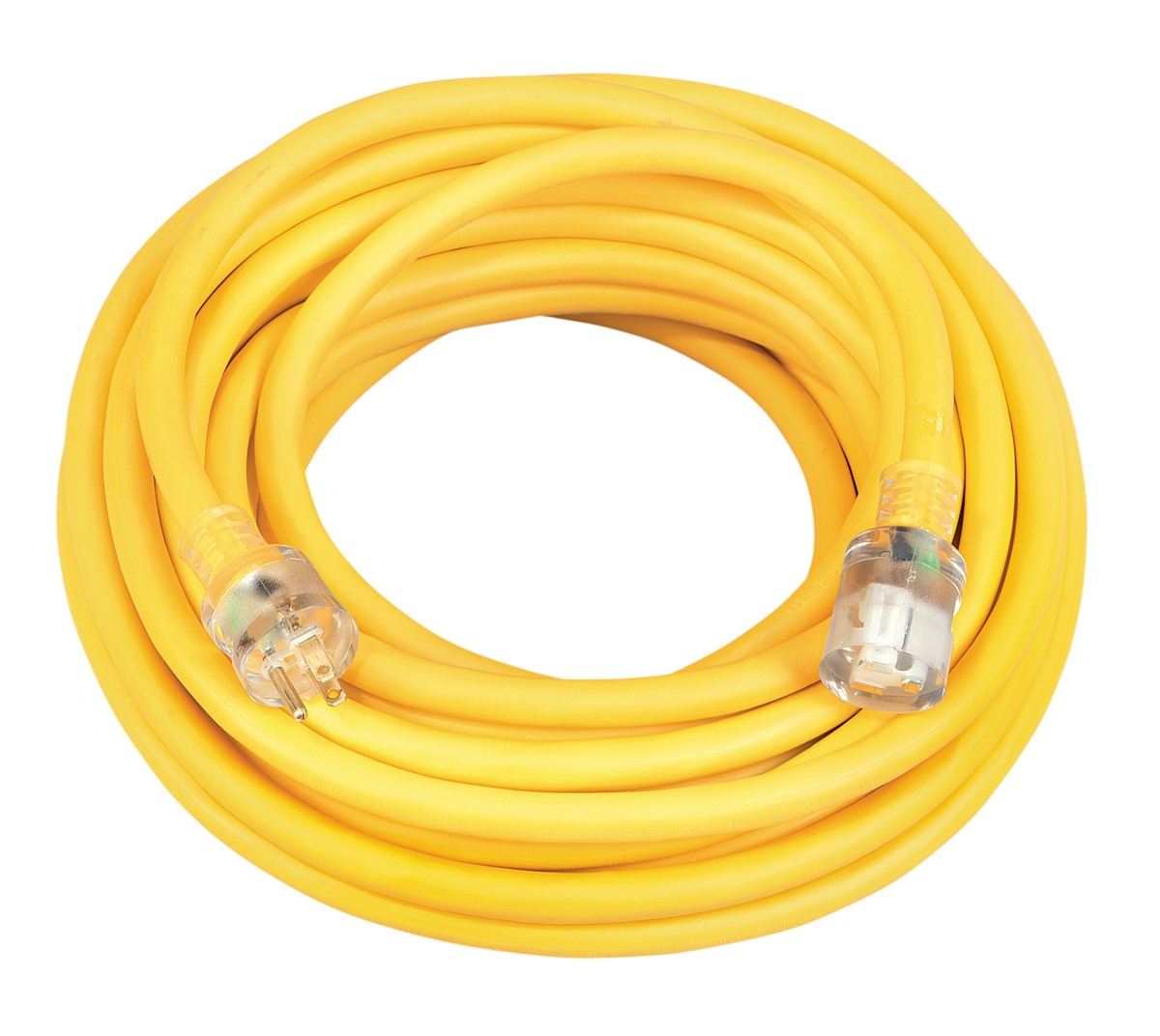
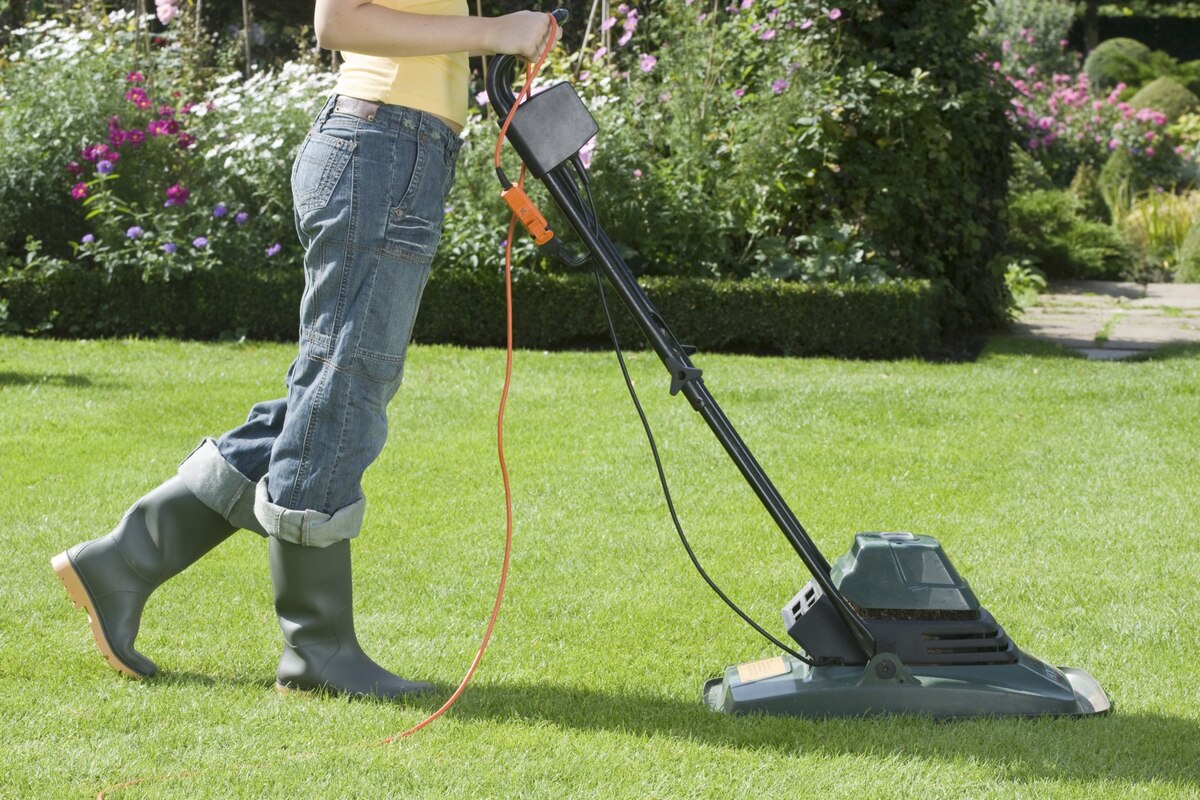
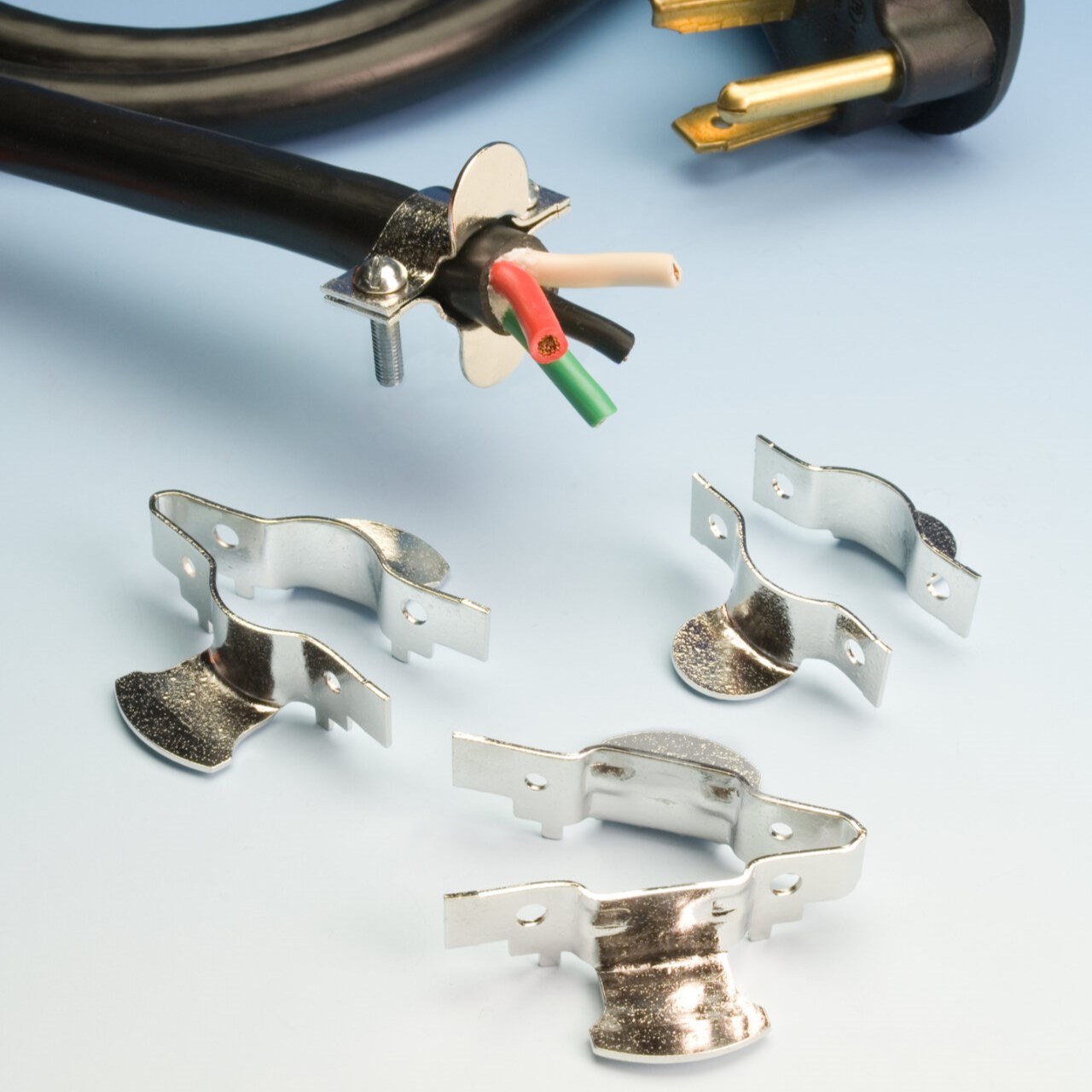
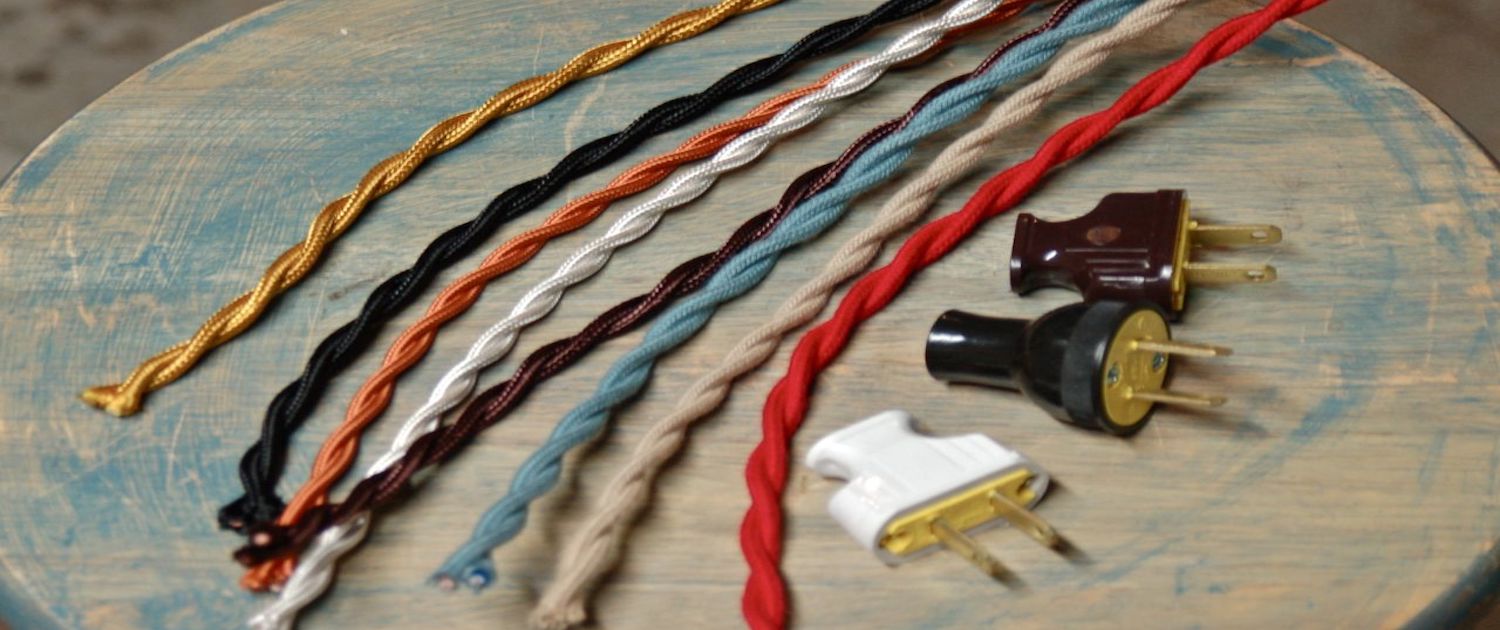
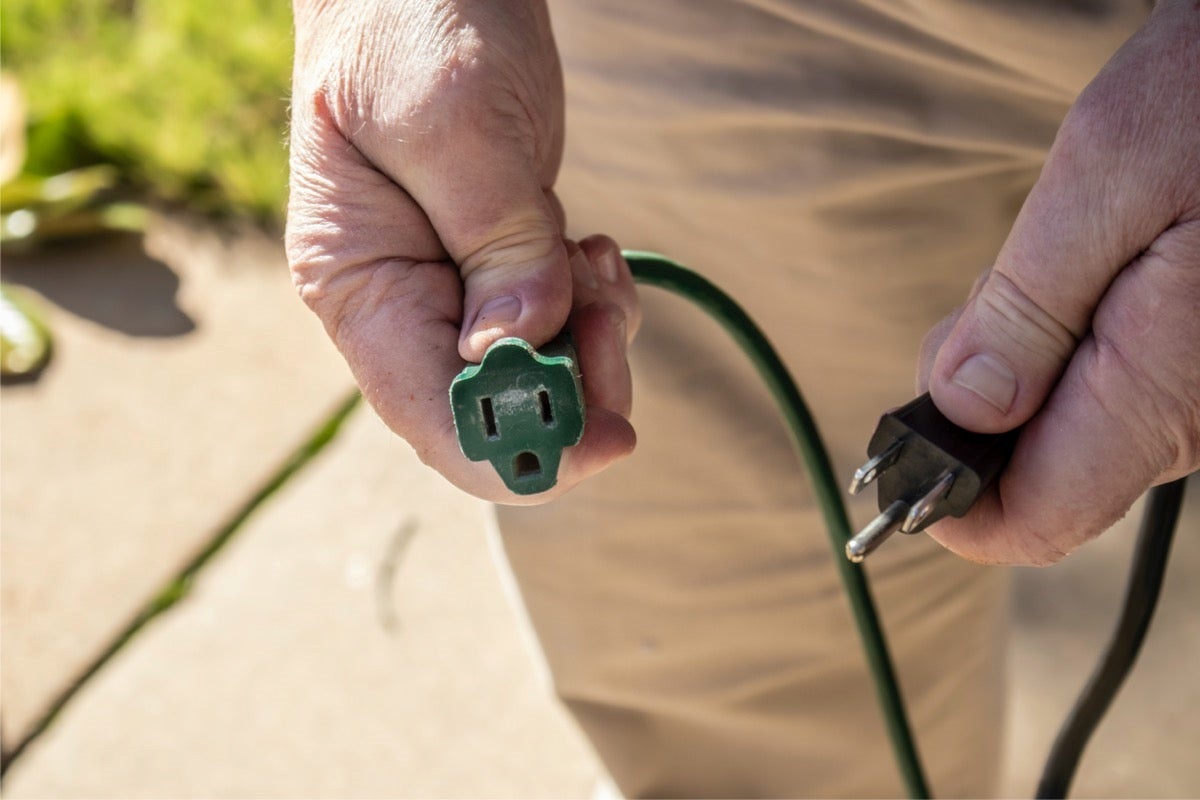
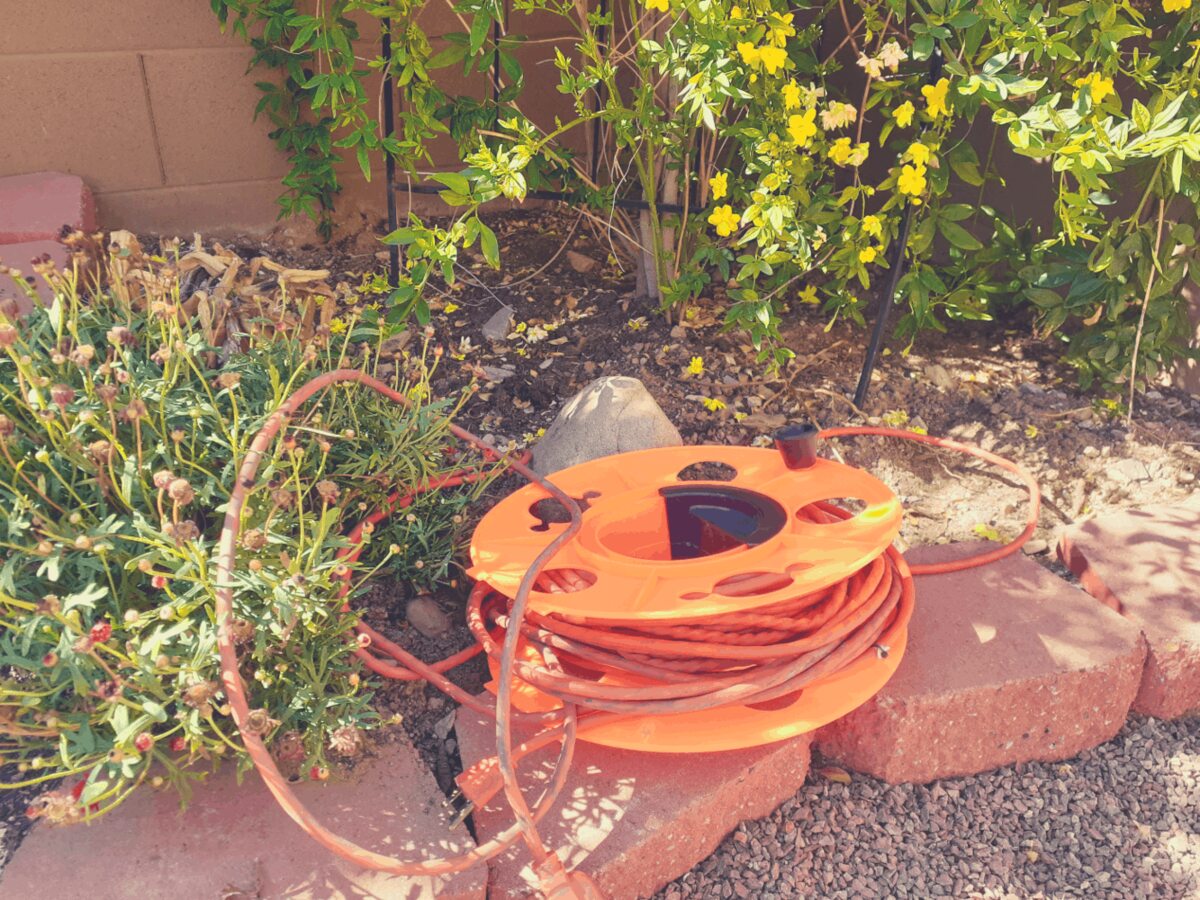
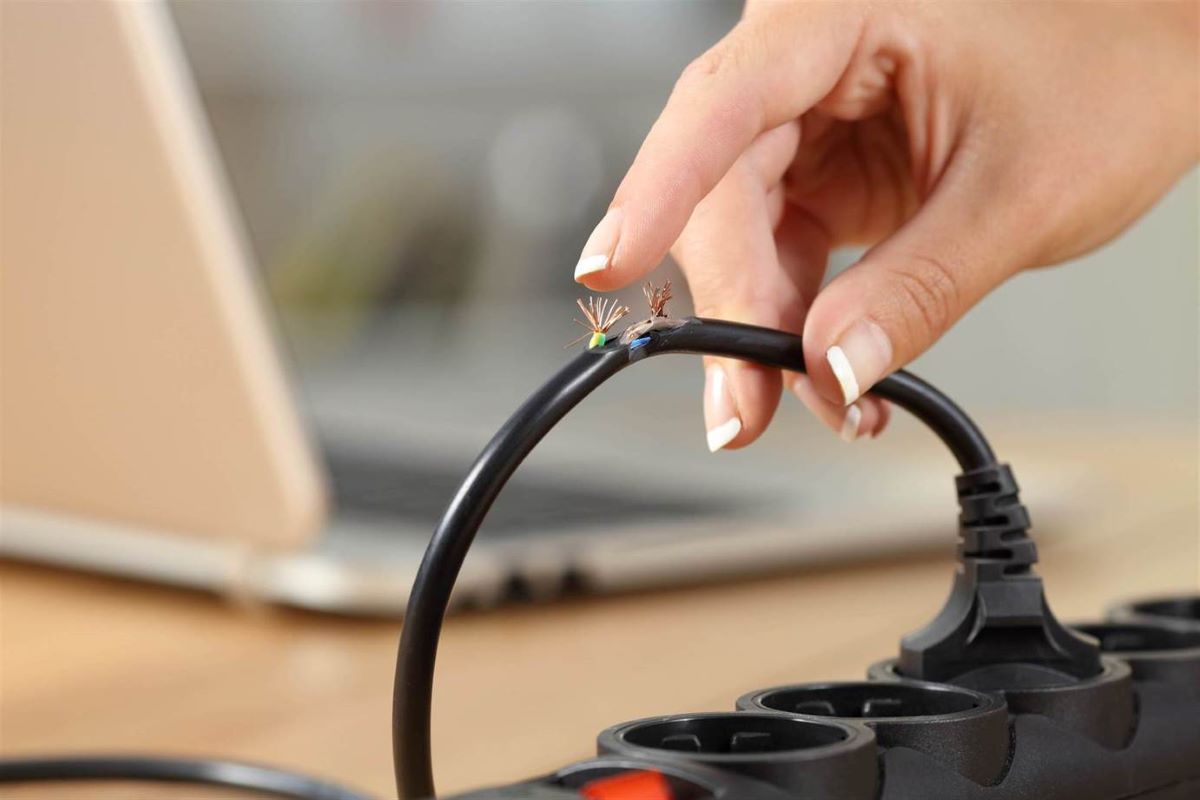
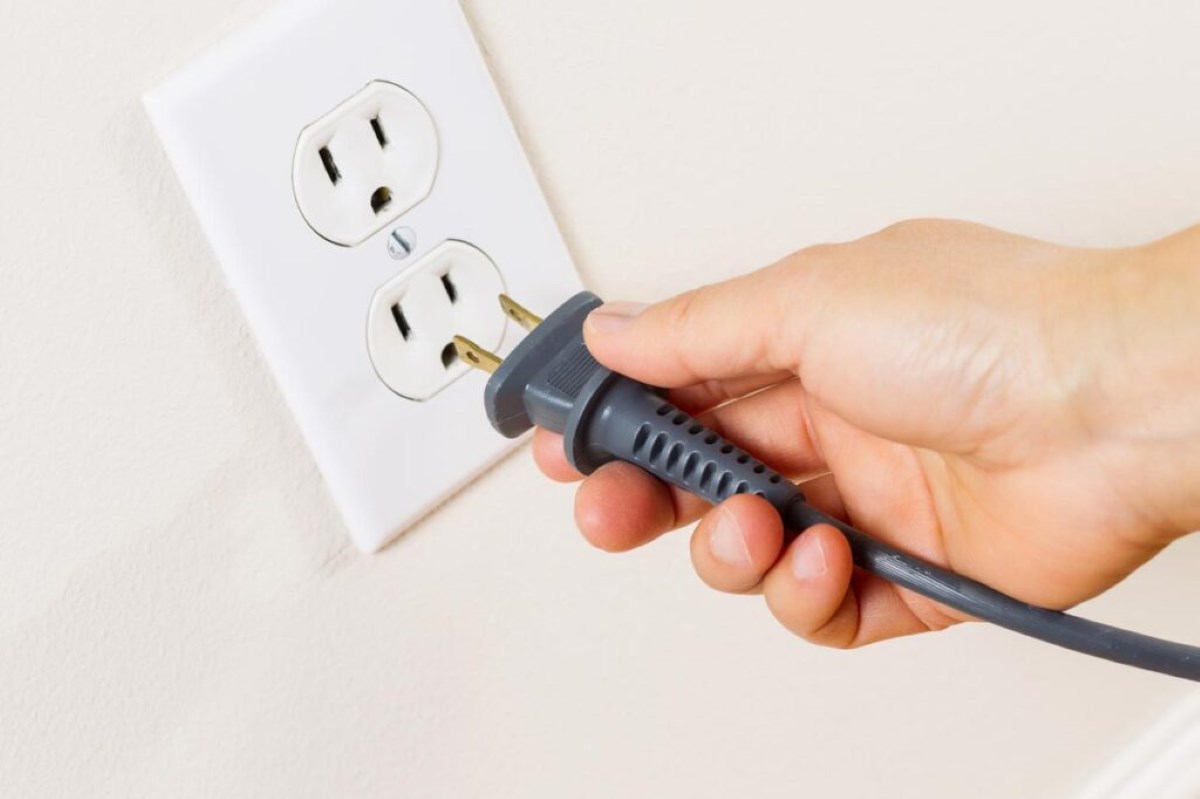

0 thoughts on “What Type Of Extension Cord Would You Use For An Electric Skillet”